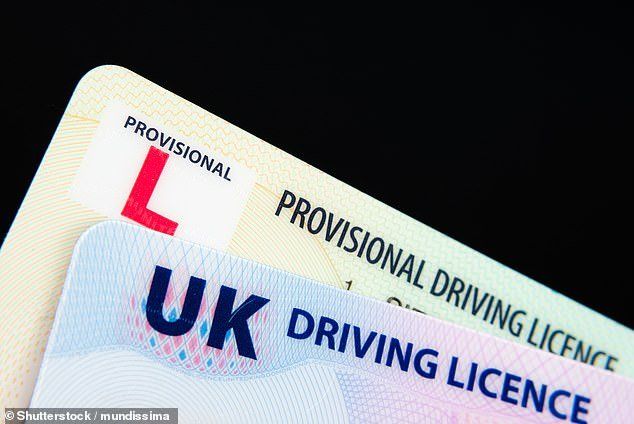Everything You Need to Know About UK Driver’s Licence Checks

Uk drivers licence check
Whether you’re an employer verifying employee credentials, a vehicle rental company, or an individual ensuring your driving records are up to date, performing a UK driver’s licence check is an essential step. In this guide, we’ll explore what a driver’s licence check entails, why it’s important, and how to go about it efficiently.
Why Is a Driver’s Licence Check Important?
A driver’s licence check serves multiple purposes:
- Legal Compliance: Employers need to verify that employees operating company vehicles have valid licences and are eligible to drive specific vehicle categories.
- Safety Assurance: Ensuring a driver has a clean record minimizes risks associated with accidents or legal complications.
- Fraud Prevention: Licence checks can confirm the authenticity of a driver’s credentials, helping prevent identity fraud.
- Insurance Validity: Many insurance providers require regular licence checks to maintain coverage for fleet vehicles.
How to Perform a UK Driver’s Licence Check
The UK’s Driver and Vehicle Licensing Agency (DVLA) offers a straightforward system for checking driver’s licence details online. Here’s how you can do it:
For Employers or Third Parties:
- Obtain Permission: Before performing a check, the driver must provide written consent or a unique check code.
- Use the DVLA’s Licence Checking Service:
- Visit the official DVLA Check Service.
- Enter the check code (provided by the driver) and the last eight characters of their driving licence number.
- Review the driving history, including points, endorsements, and licence categories.
For Individuals:
- Log in to the DVLA’s View My Licence service using your National Insurance number, postcode, and licence details.
- Review your driving record, including:
- Validity of your licence.
- Vehicle categories you’re allowed to drive.
- Any penalty points or disqualifications.
What Information Is Available?
When you perform a UK driver’s licence check, you can access the following details:
- Full name and address of the licence holder.
- Licence expiration date.
- Categories of vehicles the individual is permitted to drive.
- Any current endorsements or penalty points.
- Disqualifications or restrictions (if applicable).
Best Practices for Driver’s Licence Checks
- Regular Checks: For employers managing fleets, regular checks (e.g., quarterly) ensure that licences remain valid and free of new endorsements.
- Secure Data Handling: Always comply with GDPR regulations when storing or sharing personal licence data.
- Automate the Process: Consider using fleet management software that integrates with DVLA’s licence checking service for efficiency and accuracy.
Common Issues and How to Resolve Them
- Invalid Check Code: Ensure the code is generated within the past 21 days; older codes will not work.
- Outdated Licence Information: Encourage drivers to update their address or name changes promptly with the DVLA.
- Suspensions or Revocations: If a licence is flagged as invalid, take immediate steps to address the situation legally and operationally.
Conclusion
By staying proactive and diligent, you can avoid unnecessary risks and ensure all drivers meet legal requirements.
Have questions or tips about performing driver’s licence checks? Share them in the comments below!
uk drivers licence check
